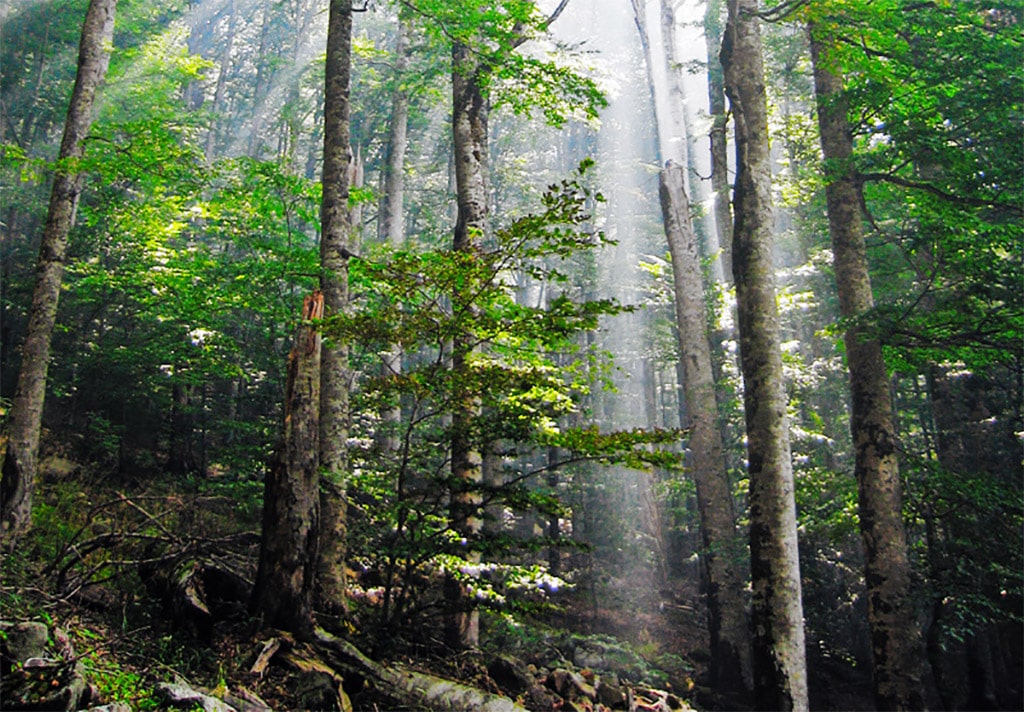Have you ever wondered why the night sky is so dark when there are supposed to be so many stars emitting so much light to fill every millimetre of space? Similar to the density of a forest. As you are walking the bush you can’t see past the trees, because where there is a gap between trees in the foreground there are layers upon layers in the background. Imagine the trees as the light that has been travelling from distant stars.

This is known as Olbers paradox and it proposes that “If the universe is infinite and filled with stars, the surface brightness of the night sky should be the same as the Sun’s, so the night sky should be as bright as the daytime sky. Even though this is obvious by simply looking at the sky, when you review the image of the Hubble Ultra Deep Field, there is clearly dark sky visible between every galaxy, providing further evidence that every sightline does not end on a luminous object.” (Palmer, 2017).
Isaac Newton proposed that the universe is infinite and static, and thus we have the Olbers Paradox, however, we now know that the universe is not static and that it is expanding. Because of this Olbers Paradox can be solved. Although light moves at a constant speed, space in some areas of the universe, is expanding faster than the speed of light, meaning the light from these galaxies will never reach us, ever, and therefore there will be forever darkness in these areas.





